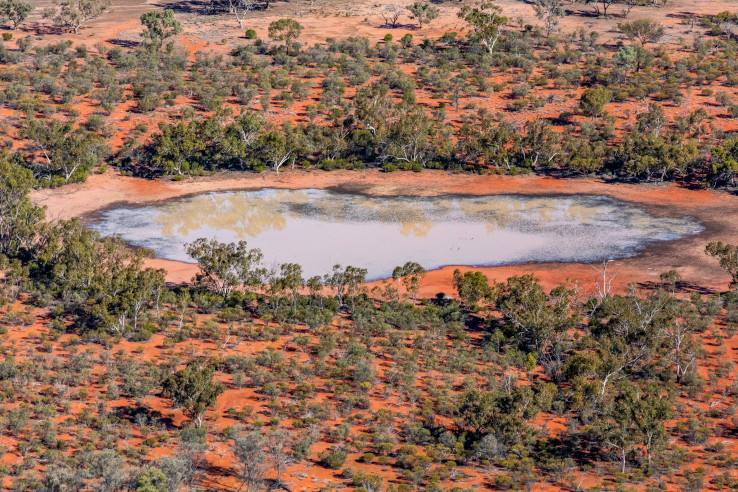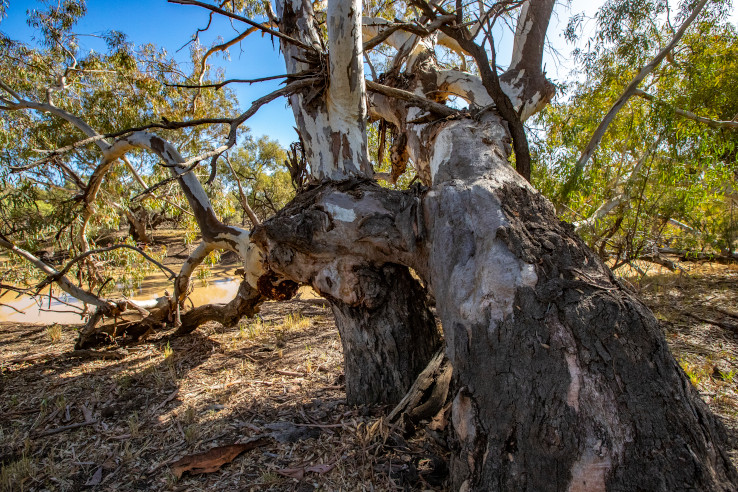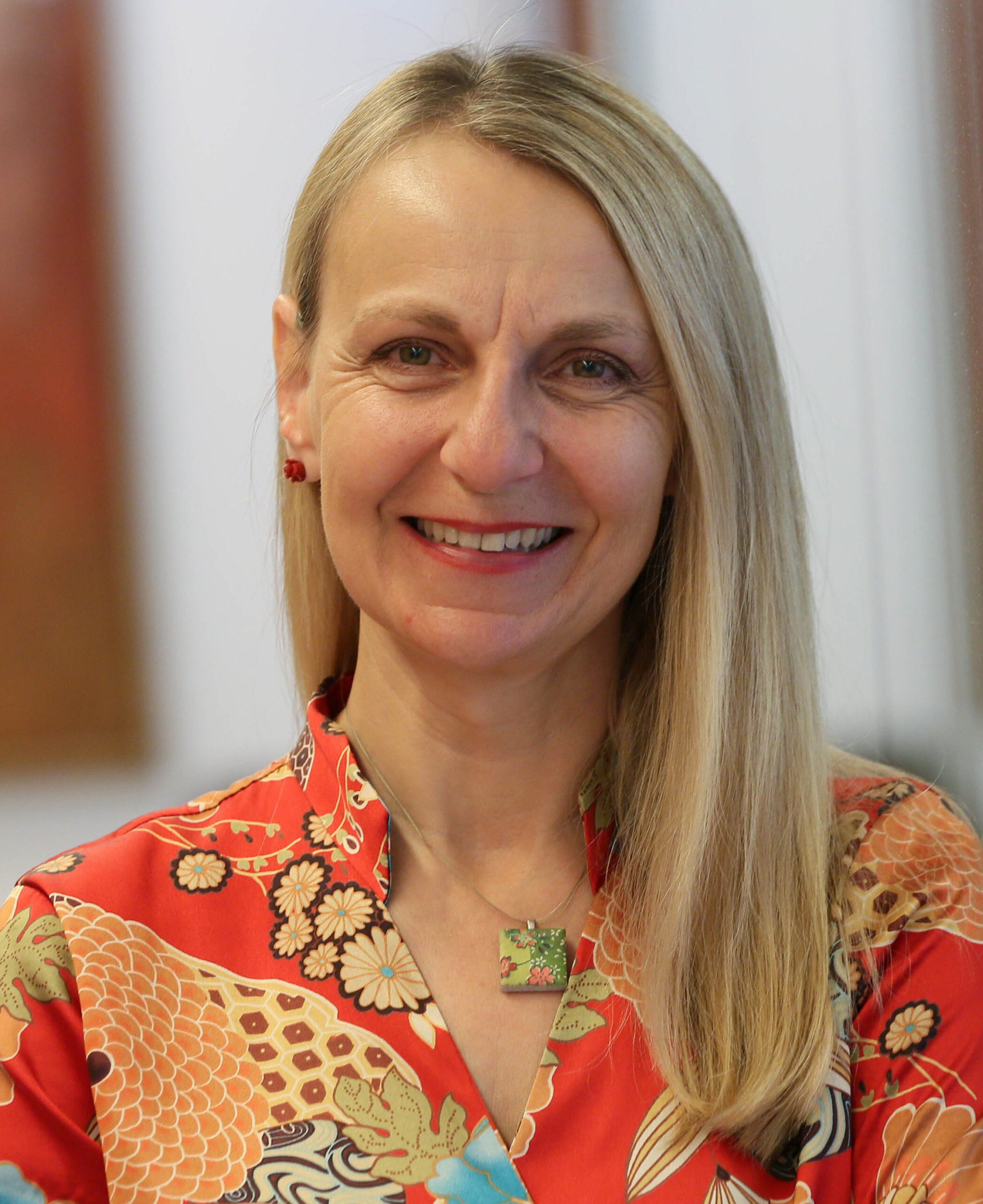CASE STUDY I FOREIGN EXCHANGE
Supporting NSW National Parks and Wildlife Service to acquire Comeroo Station for land conservation
Published 6 December 2024

Comeroo Station, spanning 37,422 hectares in the state’s remote north-west, was acquired by the NSW National Parks and Wildlife Services (NPWS) in late July 2023. The purchase of this vast outback property, around 150km north-west of Bourke, was partly funded by a US dollar grant from The Nature Conservancy Australia (TNC), a global environmental, non-profit, non-government organisation. TNC worked with charitable organisations, the Wyss Foundation and the Holdfast Collective to support the acquisition.
NPWS does not have a US dollar bank account and contacted TCorp for help in determining the best approach to manage foreign currency risk.
How we helped
TCorp used a hedging strategy to manage fluctuations in US and Australian dollar exchange rates up to the expected time of receipt of the grant. TNC’s US dollar grant, which represented around 17% of the station’s purchase price, was hedged into a known Australian dollar amount. NPWS benefited from financial certainty in managing its budget for the Comeroo acquisition.
This strategy represented an unusual hedge given it is the opposite of typical hedges TCorp executes on behalf of the state for procurements i.e. hedging incoming funds rather than outgoing payments.
Comeroo was added to the national park estate in September 2024, protecting part of one of Australia’s most important wetlands, an array of threatened species and important Aboriginal cultural sites. NPWS will open this new area to the public in late 2024.
Client feedback
“Collaborating with TCorp enables NPWS to manage financial risk effectively and efficiently to deliver conservation outcomes. Comeroo National Park is located in the Mulga Lands bioregion, which has some of the lowest levels of protection in NSW, making this a significant addition to the national park estate. Sections of the property span Yantabulla Swamp, an internationally recognised wetlands site.”
Helen Asquith
Senior Branch Officer
Biodiversity and Ecological Health Branch NSW National Parks and Wildlife Service
About Comeroo
Comeroo is in the traditional Paroo and Warrego River country of the Budjiti, Kunja, Gurnu Baarkandji and Muruwari people. It is an area of Aboriginal cultural significance, containing wells, waterholes, stone arrangements, widespread artefact scatters and sacred trees.
The acquisition will link Comeroo with the adjacent Brindingabba National Park and other properties under in-perpetuity private land conservation agreements with the Biodiversity Conservation Trust. It secures a contiguous area of more than 100,000 hectares of land managed for conservation.
Comeroo will benefit the national parks system by increasing ecosystem diversity, protecting important semi-arid wetlands and providing habitat for a variety of plants and animals. Among the animal life it supports are migratory shorebirds, waterbirds, and at least 13 threatened species – the stripe-faced dunnart, ringed brown snake, black-breasted buzzard and more.

For further information

Jennifer Roberts
Co-Head of Client Relationships,
Financial Markets

Yvonne Blunt
Co-Head of Client Relationships,
Financial Markets
